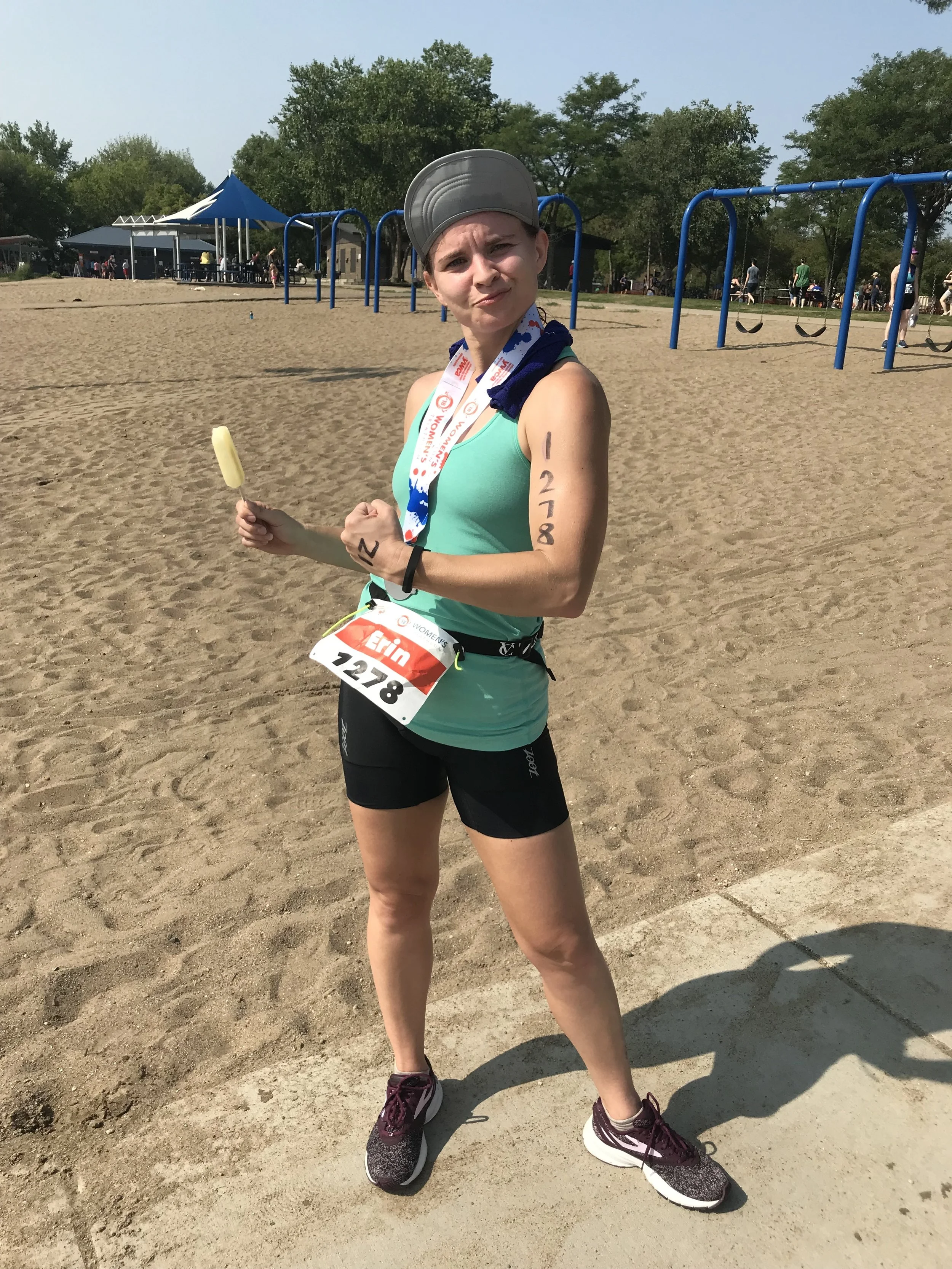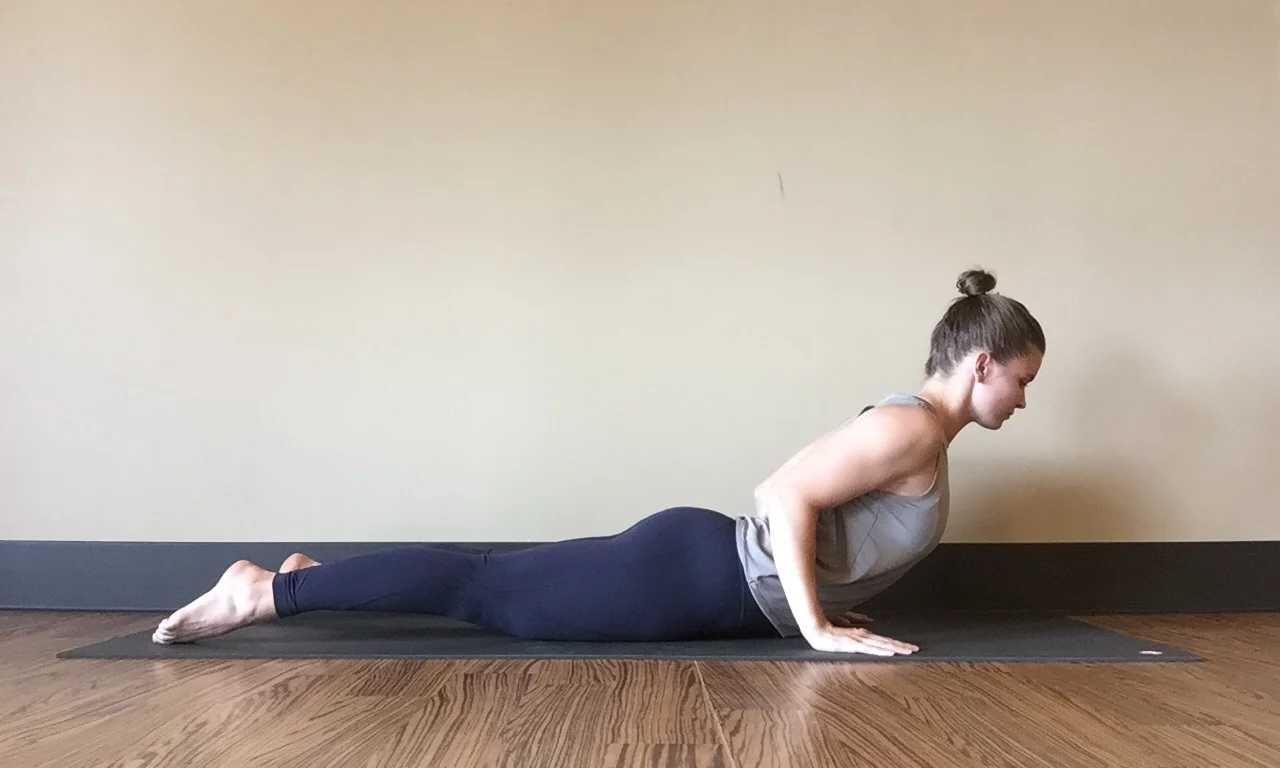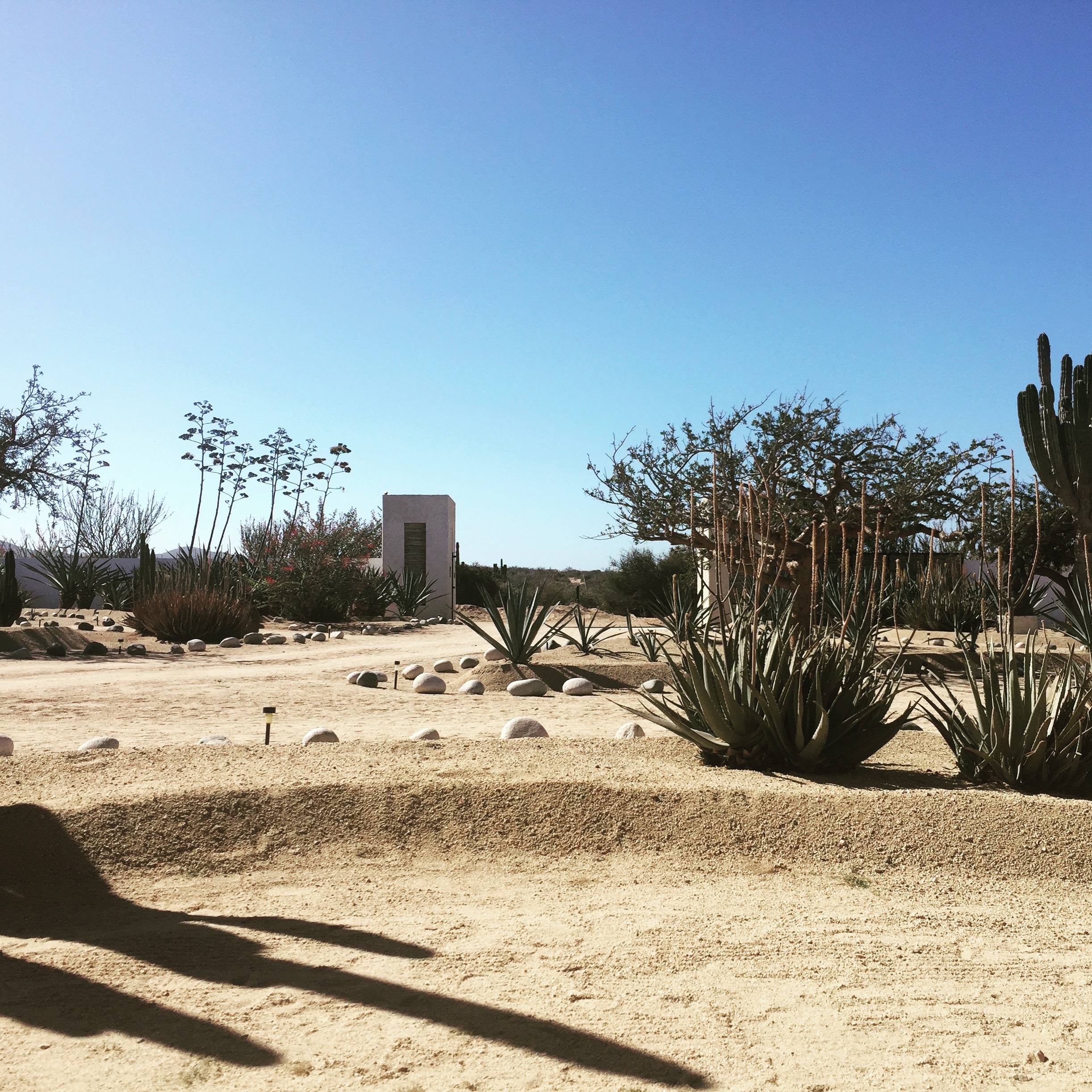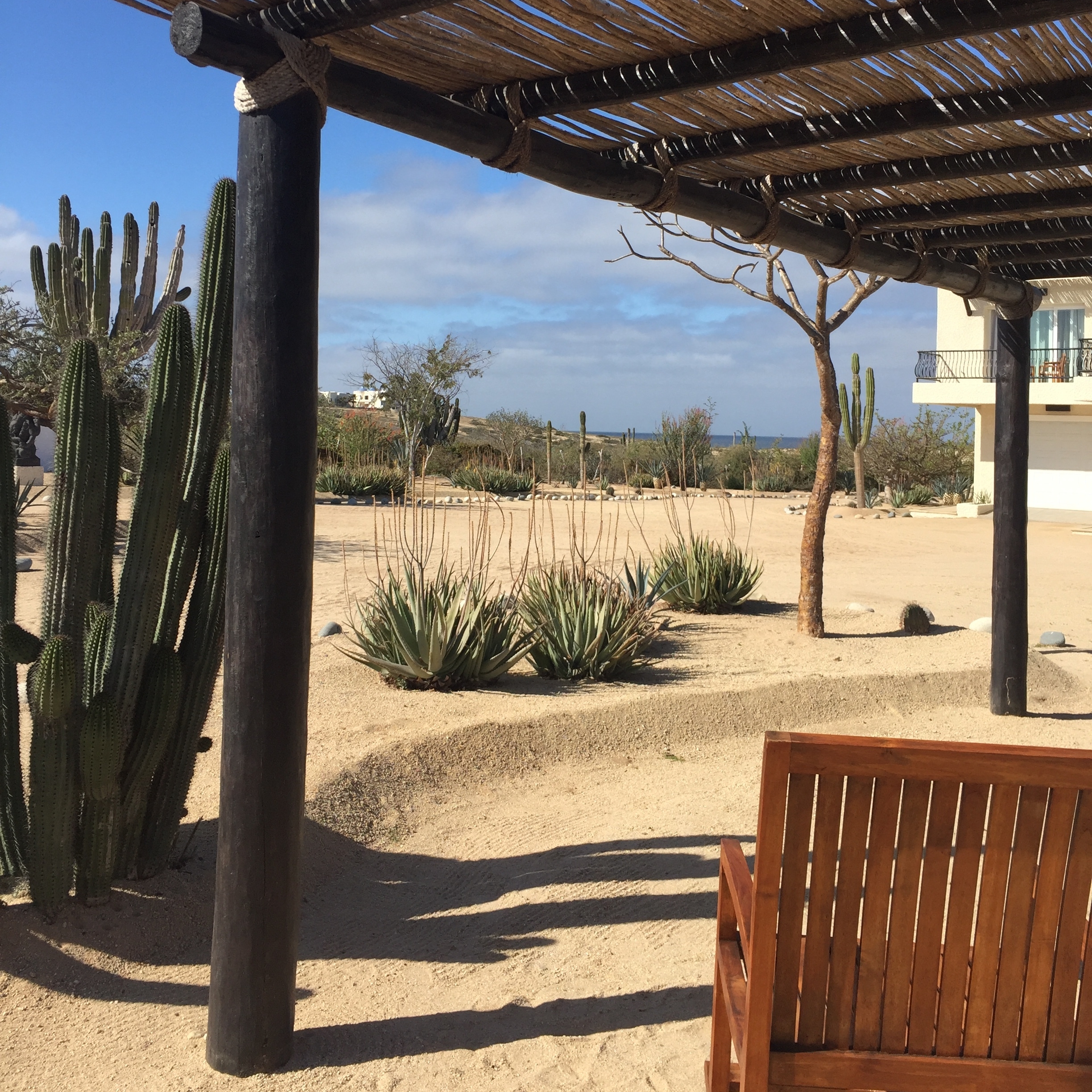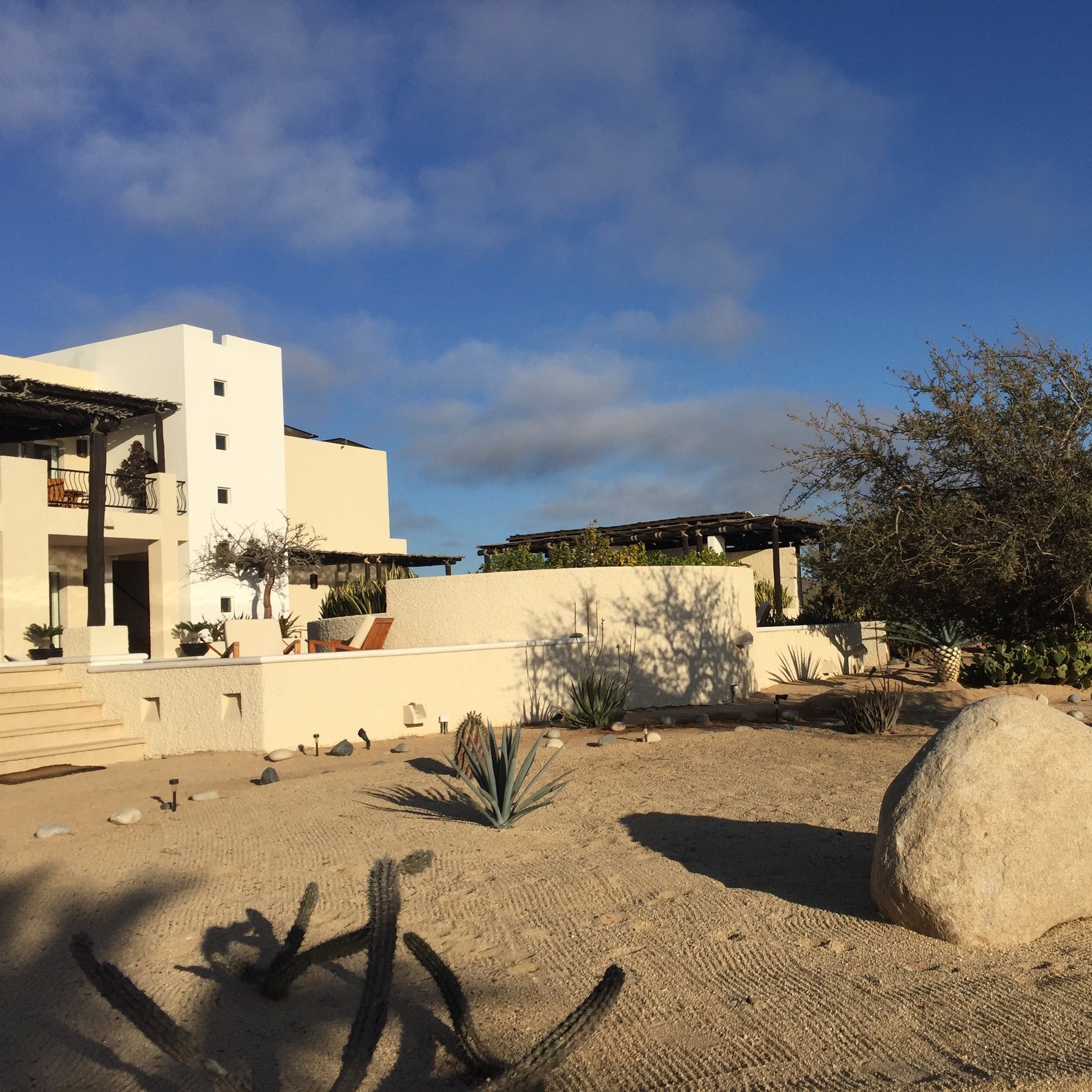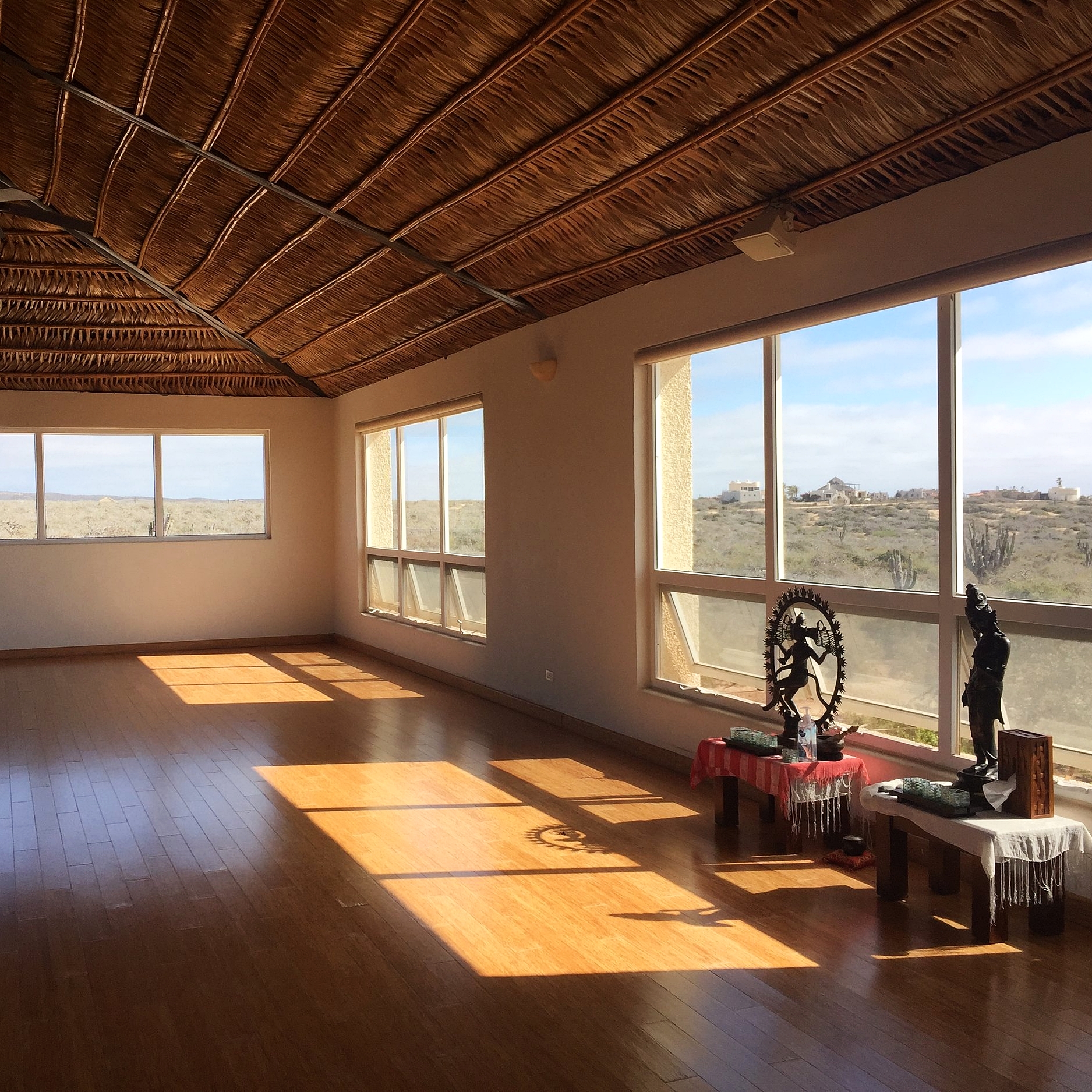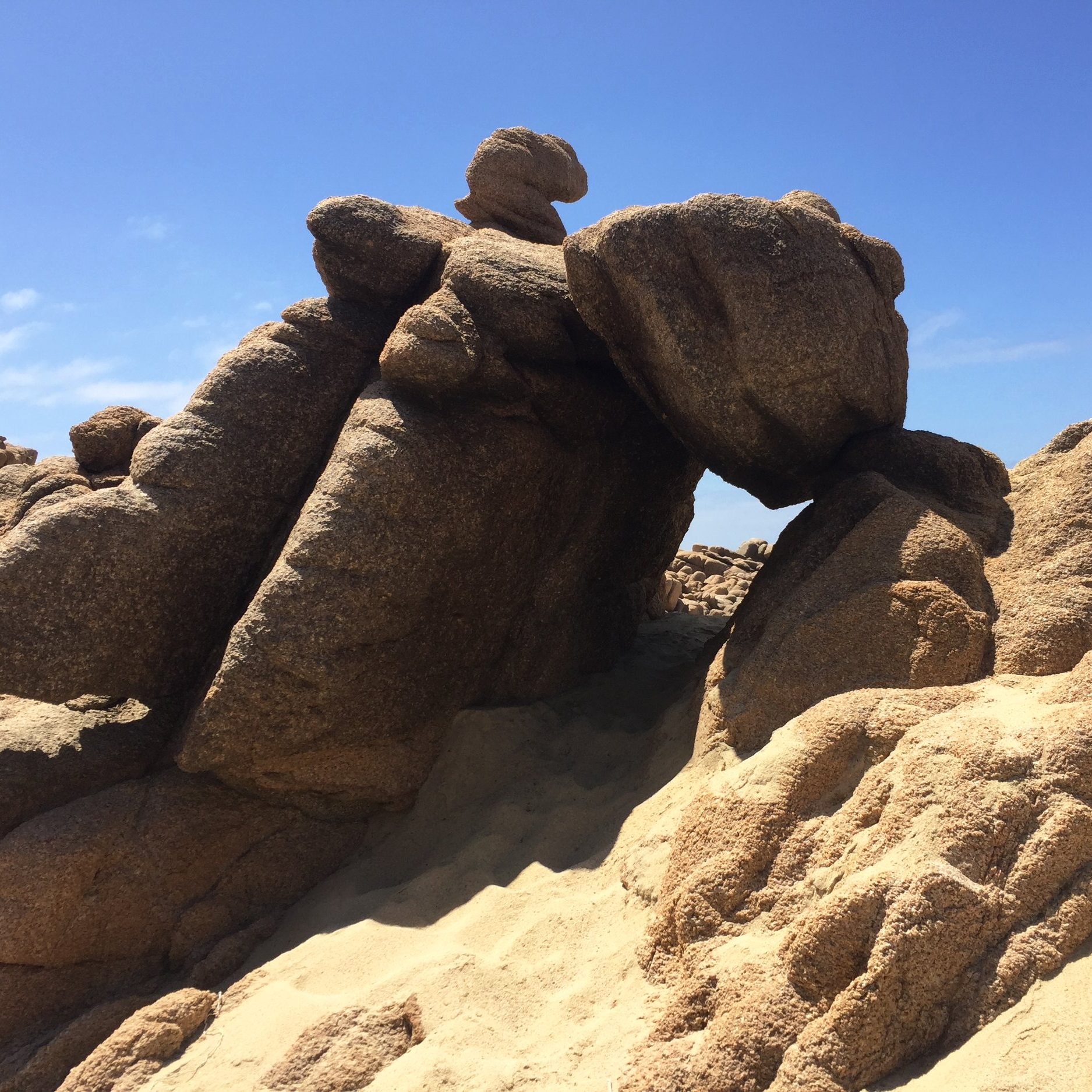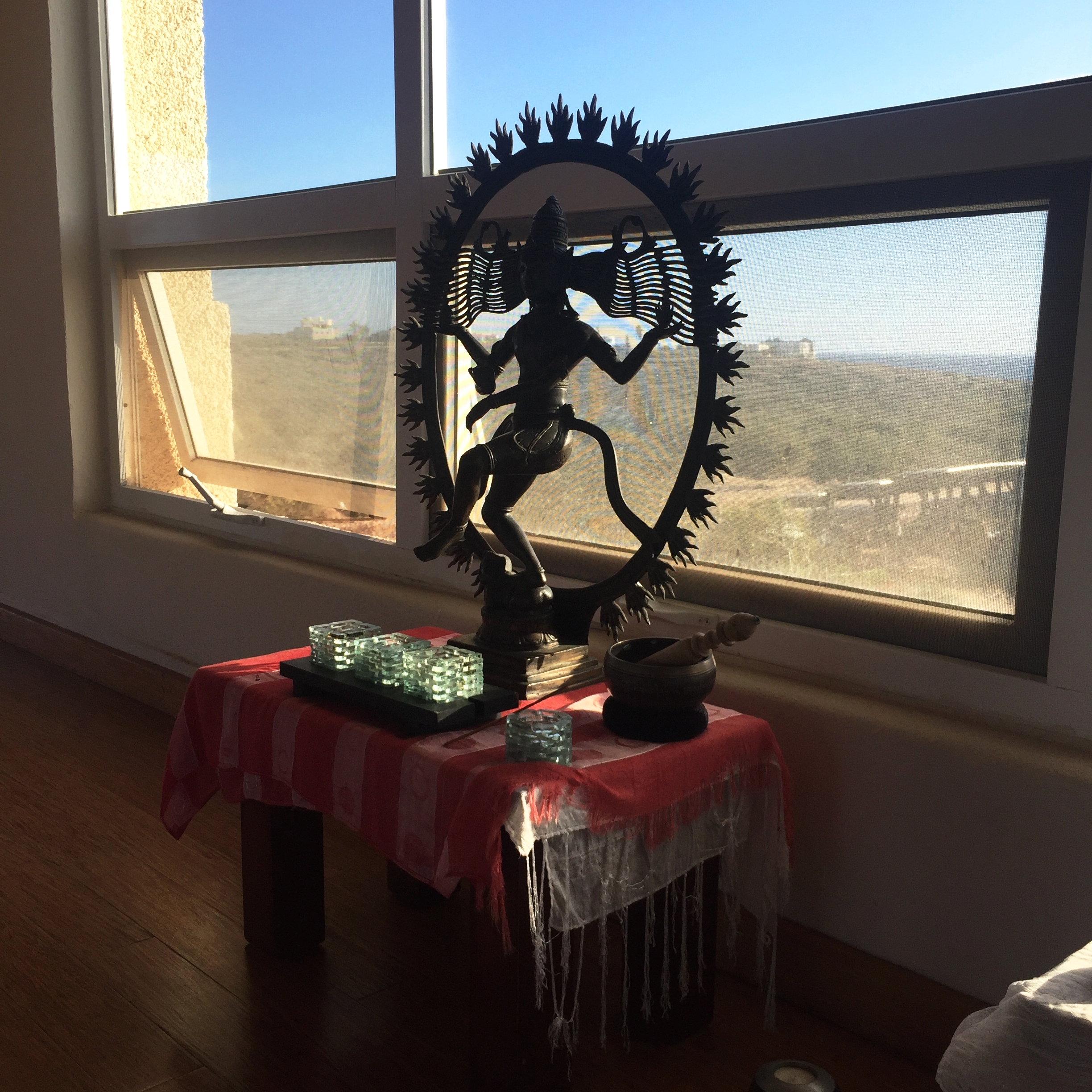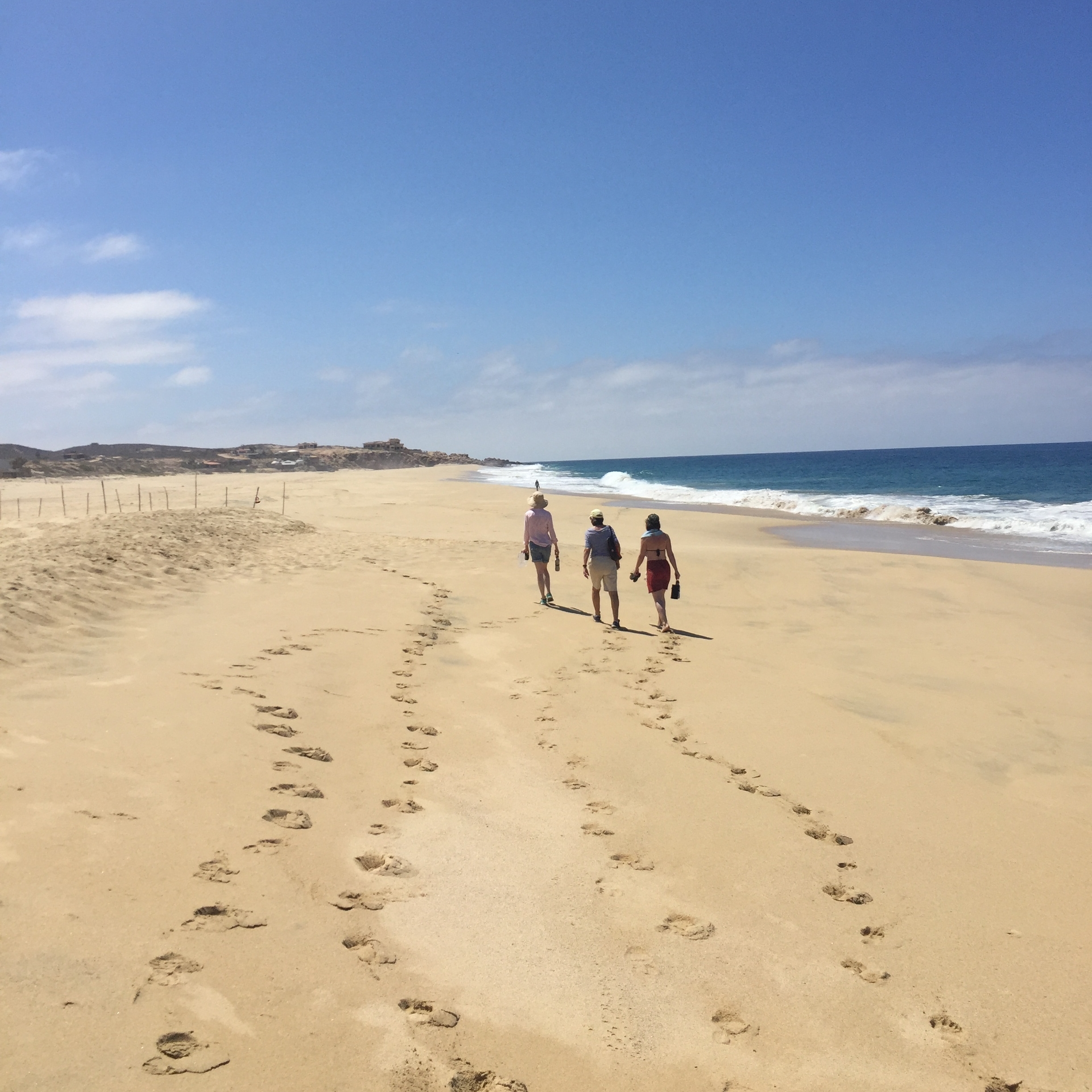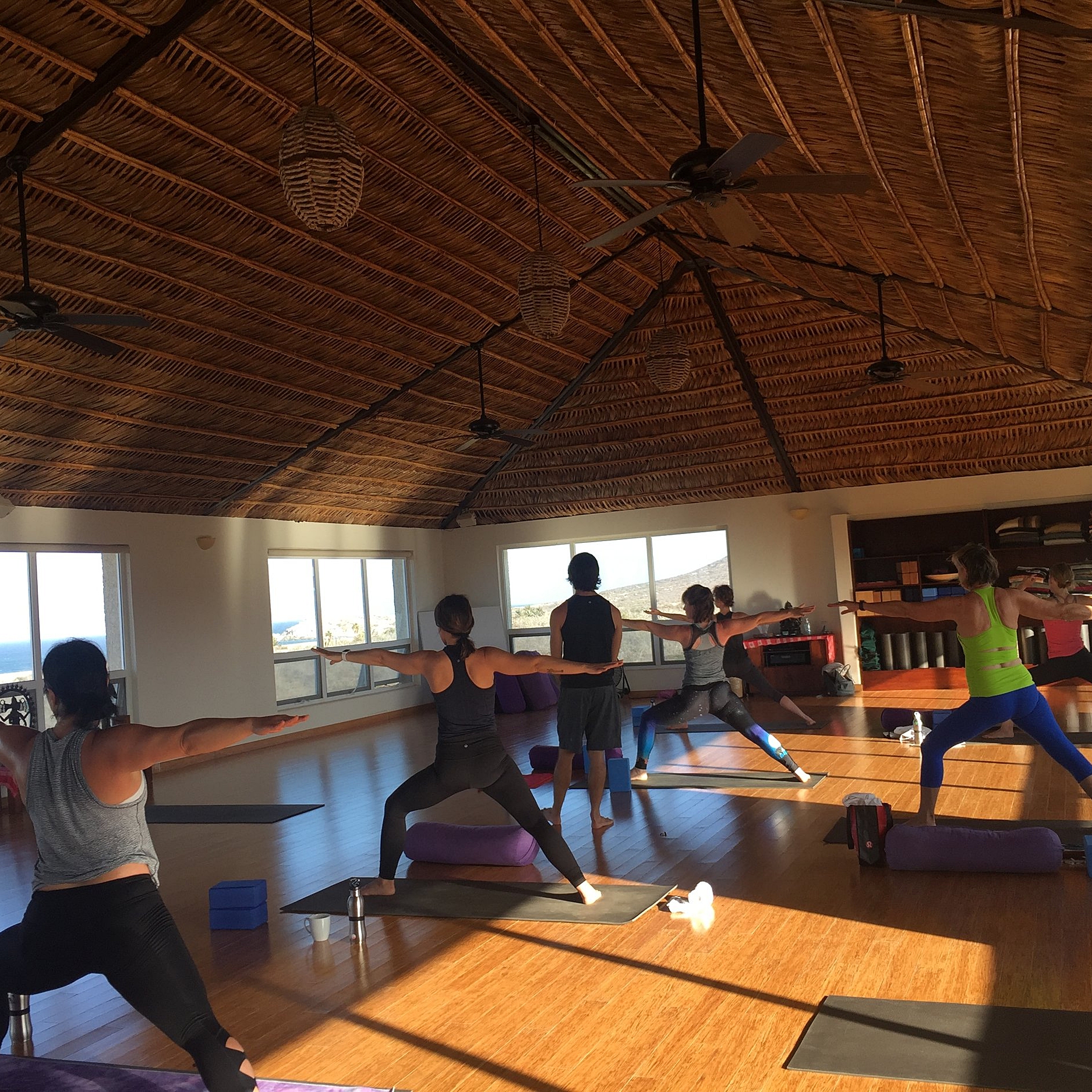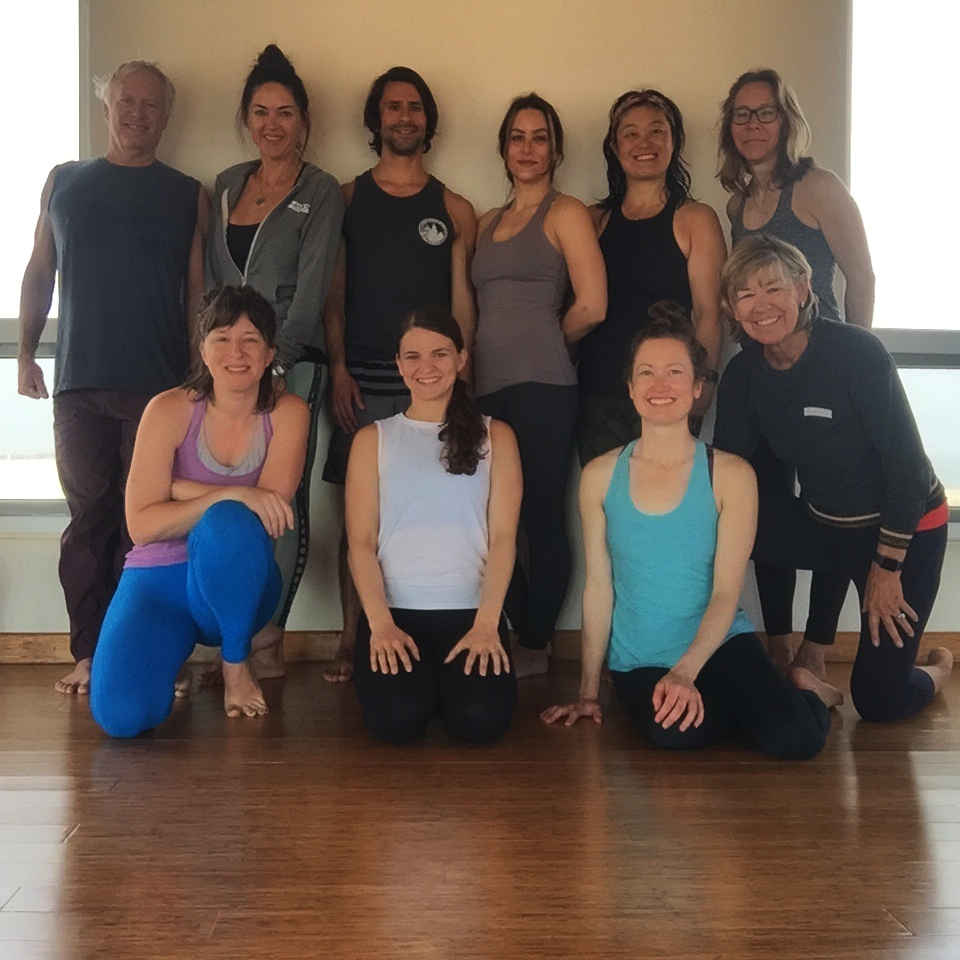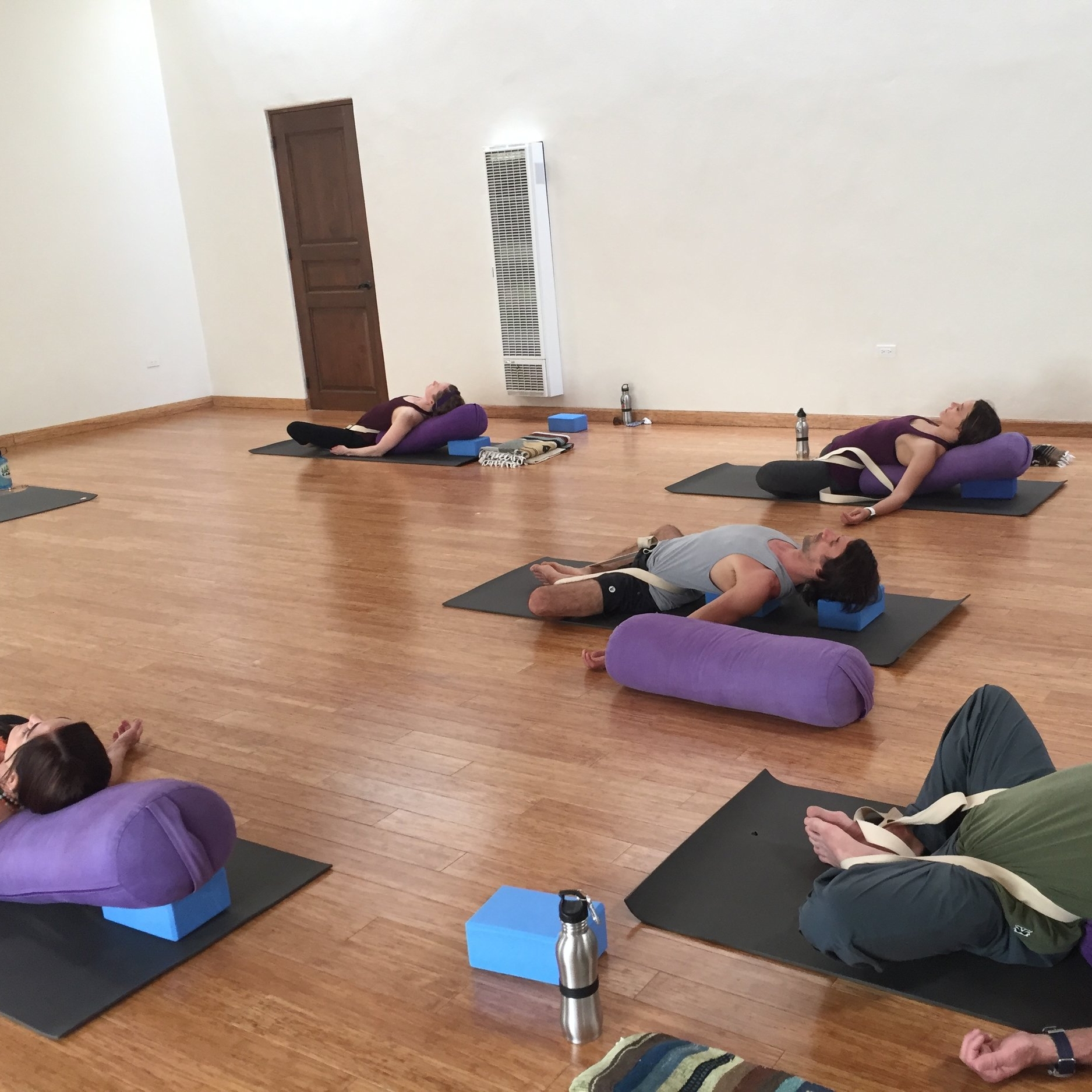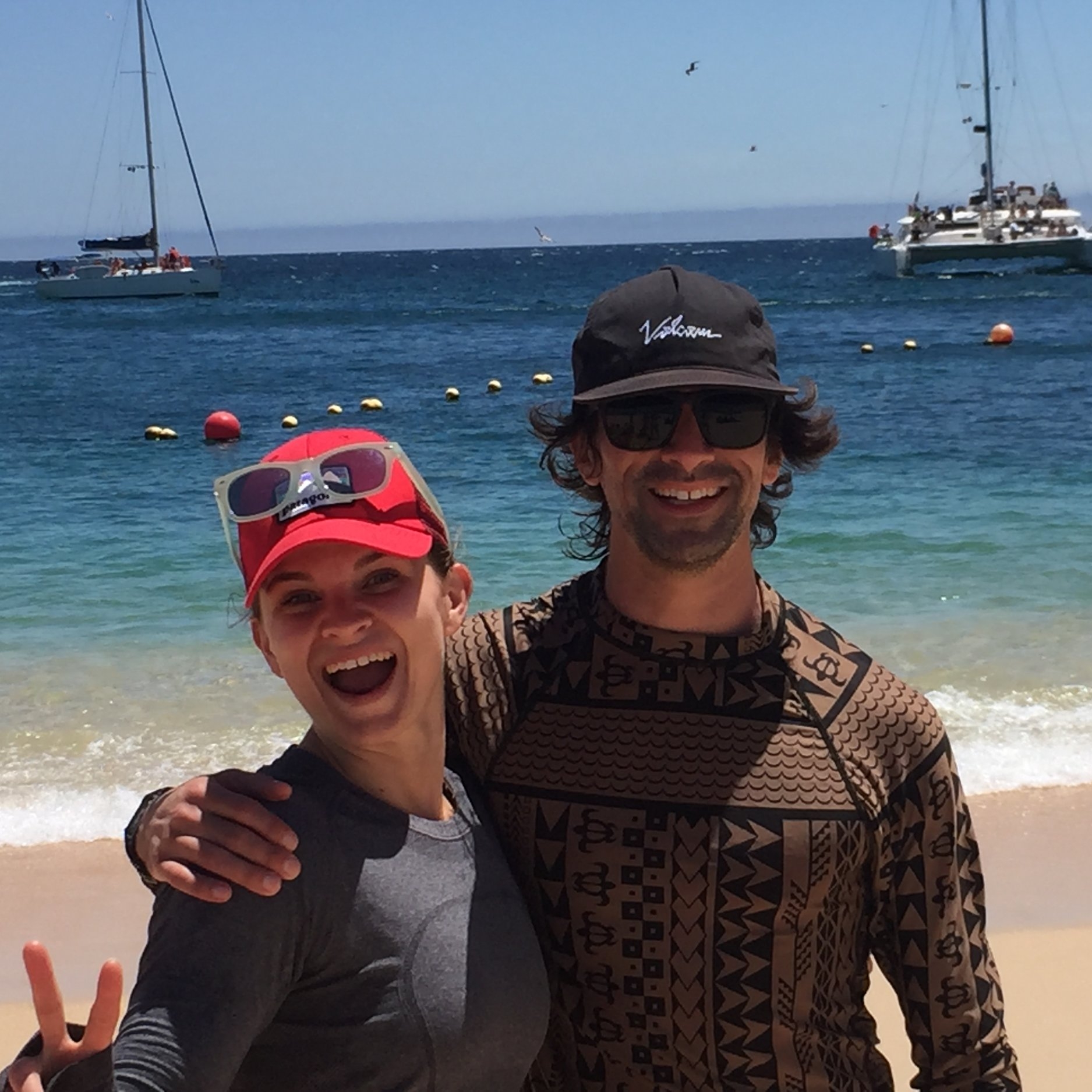Simple Steps for Some Self Care
Want to know a dirty little secret about the health and wellness industry?
We, as in yoga teachers, coaches, doctors, trainers, are often full of crap. We make a living advising people on how to care for themselves, but we’re the last ones to actually care for ourselves. I realize this blanket statement doesn’t cover everyone in the industry. However, it rings true for me!
I love teaching yoga. I love teaching yoga a little too much. I regularly put my work before my personal wellbeing. Strange, right? A yoga teacher not actually following her own cues.
This summer taught me a few lessons. Those lessons shined light on the fact that I don’t really take care of myself. I just don’t do it! I’ll bury myself in work before I actually go take someone else’s yoga class. I’ll get anxious about work deadlines and details before spending time with friends and family.
Eventually when things get crazy you hit a point where you just have to stop and reflect. What am I even doing?
So here I am. Fall is creeping in and I’m committed to slowing down and getting grounded.
You might already know this about me, but I love a good list! I have compile a list of 15 things I can easily do to take care of myself. These are all things I’ve been trying to implement into my life and figured I’d share them with all of you just in case you’re also looking for ways to turn inward and practice some self care.
15 Simple Care Tips
1. Sit Quietly
The word meditation can feel so heavy. I like to call it a seated practice instead because it’s that simple. Just sit and be quiet. You don’t have to look like a pious Buddha. You don’t have to sit on a fancy cushion and burn a candle. (You can if you want!) Simply sit.
If thoughts arise, let them! If your mind wanders, it’s all good!
Try to start your seated practice at 5 minutes. Just 5 minutes to sit. Perhaps with time you can increase your duration.
Give it a shot. Maybe once or twice a week. Just sit and be.
2. Read Something Other Than Social Media
When things got crazy in my life I picked up a book. It felt so good to just read and get wrapped up in the content of the book. I read fiction and non-fiction. Some of it was heavy. Some of it was light. It is so freeing to pick up a book, newspaper, magazine, and just read.
I specify reading something that is not social media because if you’re like me it’s easy to get wrapped up in what others are posting on Instagram, Twitter, Facebook, MySpace, or whatever the young kids are posting on these days. Put the phone down and read something that’s printed on paper.
3. Go for a Walk
Get outside! Even better, go for a walk without an agenda or route. Maybe even put the phone and earbuds away. Take in the sounds, smells, sights and just go where your feet take you.
4. Make Time for Someone Who Isn’t Your Romantic Partner
This one has had an astronomical affect on me!
The older I get the easier it has been for me to follow my usual routine. My social time is usually spent with my husband. That is great, of course! But the moment I started to regularly schedule in time to see my friends I felt more grounded, focused, and generally happy.
Go ahead and put that coffee date, lunch break, or shopping trip on the calendar. Carve out at least an hour to connect and enjoy the company of someone you care about.
5. Create a Gratitude List
The whole gratitude practice thing gets a little too sugary sweet for me at times, but I can’t say no to a list!
It doesn’t have to be a daily thing, but perhaps once a week you can sit down and write about five things you’re grateful for in the moment. There’s nothing quite like writing something down to give it substance and meaning. It could be your cat, your television, your morning coffee, anything! Show some appreciation for what you care about by writing it down.
6. Drink 64 Ounces of Water
No, I’m not trying to give you diet or weight loss advice. But I am giving you self care suggestions.
I find that when I actually pay attention to how much water I am consuming I’m more grounded and focused. Don’t stress over it. Don’t obsess over it. At least one day consider how much water you’re consuming and aim for at least a half gallon.
7. Cook Yourself a Meal (And Only Cook that Meal)
I am a master multitasker. When I clean you’re guaranteed to hear my podcast obsession of the moment. Even at 4:30am when I’m feeding the pets and getting ready for the day I will listen to a playlist and organize my tracks for a class I’m about the teach. It is maddening!
It’s the worst when I’m cooking. I get antsy and feel like I need to fill the space.
Take time to cook yourself a meal and only cook that meal. Don’t check your phone. Don’t read a book. Don’t listen to a podcast. Cook yourself something delicious and immerse yourself in the process.
8. See 5 Things
I’ve played with a lot of different ways to settle my anxiety. This one works pretty well for me.
When things are feeling out of control and you need some grounding, look around you. See five things. Name each thing individually and truly see the thing. Take in its details. Don’t rush onto the next thing. Give each thing its time.
9. Talk to a Family Member You Don’t See Regularly
Perhaps your family is tight-knit and you communicate all day, every day, but that’s not the case for me.
Especially if your family is struin about the state, country, world, carve out some time to talk to them. Check in. Catch up.
10. Do Something Out of Your Routine
I live and breathe by my schedule! Take me out of my routine and I am all out of sorts.
However, I’m trying to push myself to get a little uncomfortable these days and force myself out of my routine. And you know what? It’s not too bad.
Try it out! Intentionally break your routine. Try a new coffee shop. Take a yoga class at a different yoga studio. Drive home on a different route. Changing up your routine can lead to a change in perspective and sometimes that’s exactly what we need.
11. Step Away From the Phone
I realize everyone has a cell phone for various reasons. I definitely use my phone more than I should. So let’s take time to consciously step away from the device.
Of course there’s times when the no phone rule is inherently already in place (hopefully), but consider ways that you can intentionally untether yourself from the iPhone for an hour or two.
12. Stay in Bed for 8 Hours
What? You already do this? Every day?
Let me just go over here and sulk with jealousy.
Now this may not pertain to everyone, but this one is incredibly challenging for me. I am a morning person. It does not matter when I go to bed, I am typically ready to fly out of bed by 6am at the latest. Unfortunately, my strong internal clock keeps me from getting adequate rest. Sure I could try to go back to sleep, however my mind usually freaks out during those moments and obsessives over my day’s to-do list.
If you’re in the same boat as me consider staying in bed for another 15, 20, 30 minutes than you want to. Even if you’re not sleeping, rest your body and mind in bed for at least eight hours. It’s not going to happen every day, but try to make it work at least a couple times a month.
13. Compliment Someone
We’re all in this life thing together, right? Why not brighten someone else’s day by sharing a compliment? It’s easy, free, and might be reciprocated to another person to create a beautiful cycle of feel-good compliments.
14. Give Yourself Some Compliments
While you’re out there complimenting others, be sure to compliment yourself too! You have amazing qualities that make up who you are as a human being and it’s important that you reflect upon those positive qualities.
Here I go with the lists again… if this is a hard one for you, try to write down three or four things you appreciate about yourself. Perhaps you can add to that list each day and at the end of a month you’ll have 30+ things to smile upon.
15. …Only If It’s a HELL YES!
I can’t take full responsibility for this one as a beloved student of mine shared this tip with me.
I like to say yes to everything. I do not like to turn down opportunities as I’m eager to please others and have the desire to explore new things. However, my eagerness to always say yes can sometimes cause me to over-fill my calendar which then leads to more anxiety. It’s a nasty cycle.
I started to notice my most important relationships were deteriorating along with my own mental health. It was time to say no! Just a few weeks ago I quit something. I never quit anything! I found myself backing out of a commitment because I knew it was not serving my best interests and wasn’t supporting me on my best path.
Moving forward when an opportunity that will take up time on my schedule and space in my brain presents itself I will only say yes if it is a HELL YES! HELL YES opportunities are opportunities that light my fire and excite me while also allowing me the space and time to focus on the people and things I love most.
You might consider doing the same.


